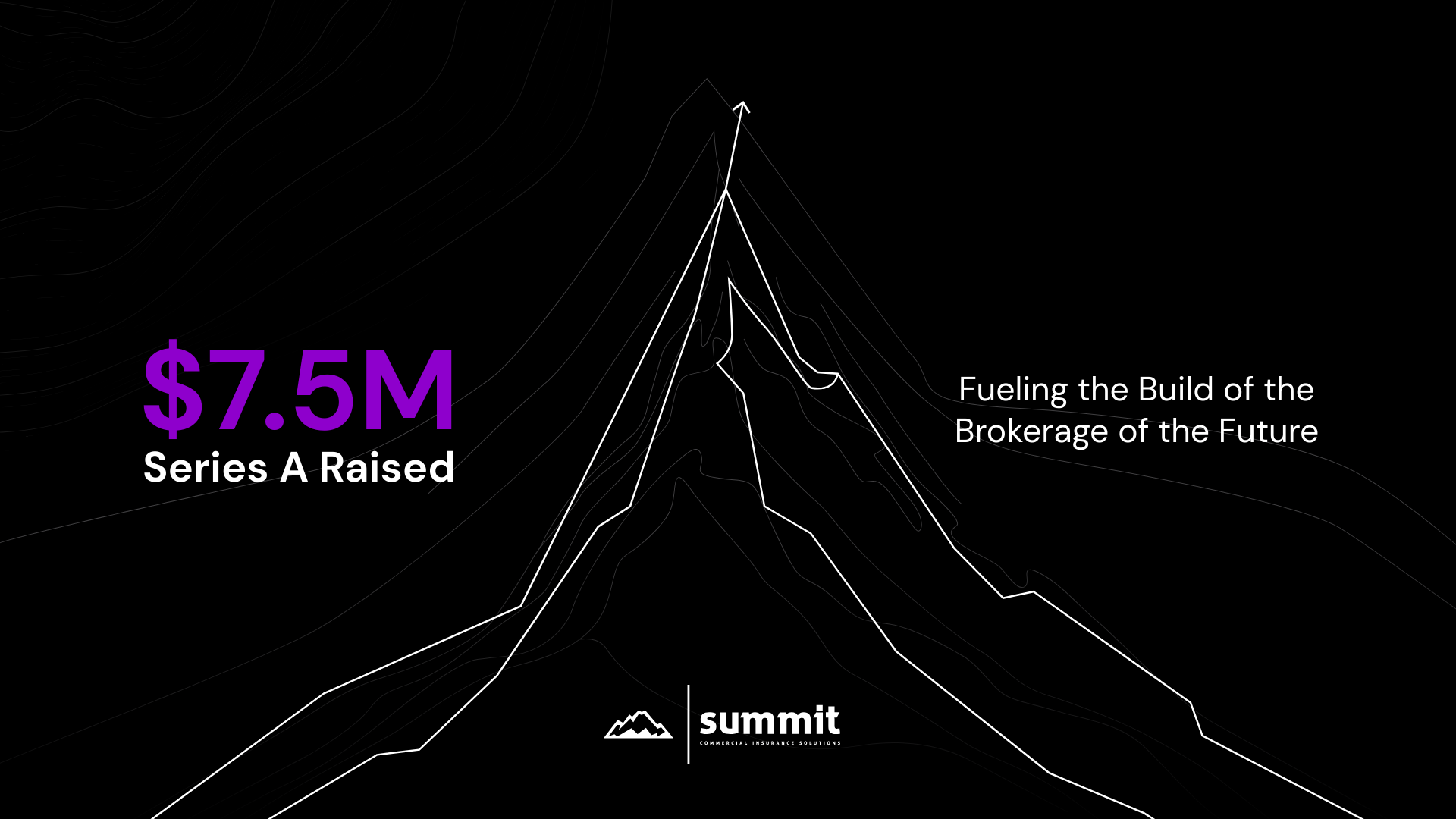
How to Choose the Best Cyber Insurance Policy in Canada?
It may seem confusing to select the most appropriate cyber insurance policy in Canada; each insurer applies various names, exclusions, and restrictions to the terms. The positive side: it will only take a few questions and a clear checklist that will allow you to compare apples to apples and select a policy that will actually work when an incident occurs. Here is how to choose the Best Cyber Insurance Policy in Canada!
Start With What You Actually Need
Map your actual exposure before you can get quoted. Question:
- What kind of data do we have (customer, employee, payment)?
- What are systems that are revenue-sensitive?
- Are there any coverage or limits that are needed in contracts?
This basic checklist will show what is important and help avoid spending a lot of money on irrelevant add-ons.
Key Coverages To Prioritize
- Breach response & remediation:
forensic IT, legal, notification, and credit monitoring. - Business interruption:
income loss while systems are down. - Ransomware & extortion:
response services and negotiators. - Third-party liability:
legal defense and settlements if clients claim losses. - Regulatory & privacy fines:
where insurable by law in Canada.
Read The Wording: Exclusions Matter More Than Price
Two policies with the same premium can behave very differently at claim time. Look for:
- Clear ransomware language and whether payments are covered.
- Social engineering and business email compromise wording.
- Supply-chain/vendor exclusions.
- Retroactive dates or prior-acts exclusions.
If a policy excludes nation-state attacks or supply-chain incidents and you rely on third-party vendors, that’s a red flag.
Match Limits To Realistic Exposure
A practical way to choose limits is to calculate a likely worst-case for a 30–90 day disruption: forensic costs, notification, PR/legal, lost revenue, and regulatory expenses. Many small businesses start with limits equal to 1-3× annual revenue, but contractual requirements from clients or investors often dictate higher limits.
Read more: Whats Tenant Insurance?
Compare Response Services, Not Just Payouts
Policies that include immediate access to incident response teams (forensics, breach counsel, crisis comms) are far more valuable than those that only reimburse later. Fast, coordinated action reduces downtime and reputational damage, and that’s where insurance delivers real value.
Get the best Summit Insurance Kelowna and the custom policy solutions!
Quick Tips To Choose The Best Policy
- Obtain at least three similar quotes and require insurers to clarify wording in plain English.
- Insure documented security controls, and insurers typically reward them with lower rates and fewer exclusions.
- Revise your policy every year because systems, vendors, and revenue evolve.
Final Thoughts
How to Choose the Best Cyber Insurance Policy in Canada? The decision on the most appropriate cyber insurance policy in Canada is not a complex one. Place your checklist above your baseline, rank your response services, and adjust limits to your real exposure. Want assistance in converting your inventory into similar quotes? Then visit Summit Insurance to get assistance!



